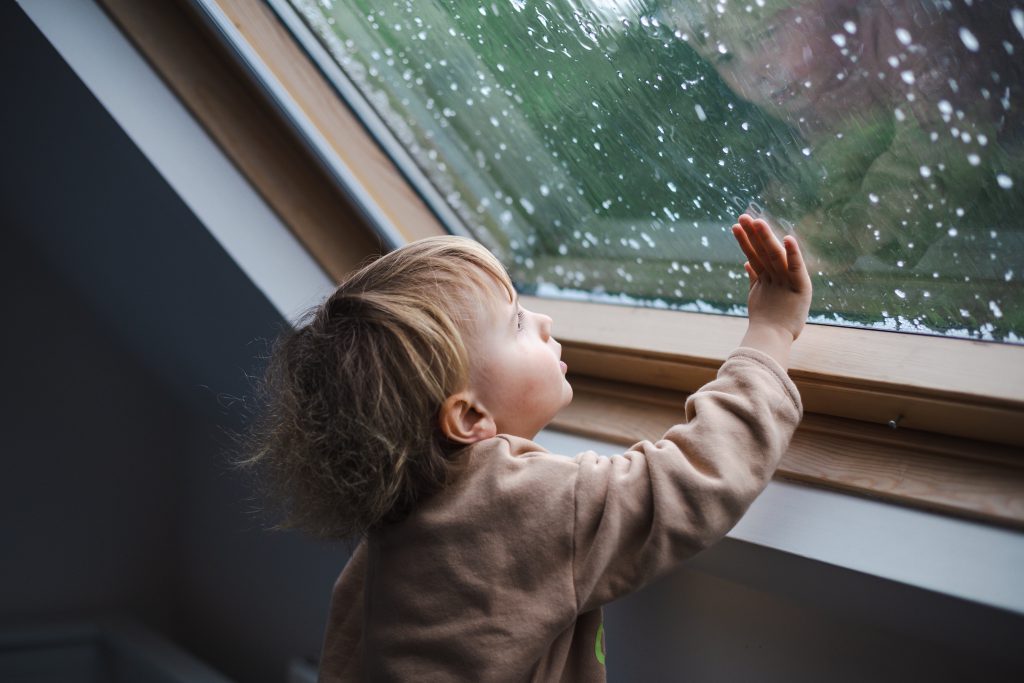Home insurance, often referred to as "fire insurance," "home insurance," or "top habitation" in Belgium, is a crucial safeguard for homeowners and tenants alike. One of the primary concerns for many is whether their policy covers damages caused by natural calamities, particularly storms. Let’s delve into the intricacies of storm coverage in Belgian home insurance policies.

What Typically Falls Under Storm Damage?
When fierce winds rage, they can wreak havoc on properties. From tiles being ripped off due to intense wind gusts, solar panels damaged by falling tree branches, to an age-old oak tree crashing into your swimming pool, the aftermath of a storm can be devastating. The good news? Most home insurance policies in Belgium are likely to cover these damages.
Natural disasters, including storms, are among the mandatory coverages in Belgian home insurance. However, there’s a catch. For the insurance to kick in, the wind speed must have reached a minimum of 80 km/h. Additionally, the damage shouldn’t be an isolated incident; there should be evidence of similar damages in the vicinity.
Pro Tip: Always document the extent of the damage immediately after the storm. This can be invaluable when filing your insurance claim.
The "Natural Calamity" Status: What Does It Mean?
Contrary to popular belief among many citizens, the official recognition as a "natural calamity" doesn’t influence the insurer’s decision. If the two aforementioned criteria (wind speed and neighborhood damages) are met, there’s a high likelihood of receiving compensation post-storm.
What About Tenants?
Renting a property in Belgium comes with its own set of concerns. Suppose you’re a tenant and your garden furniture gets damaged due to adverse weather. What then? The first step is to check with your insurance broker or company. Did you insure your furniture when you signed your insurance contract? If not, there might still be a ray of hope.
You can approach regional authorities for compensation, provided you qualify for integration income from the CPAS of your municipality or a similar allowance. However, this is contingent upon the storm being officially recognized as a "natural calamity."
Choosing the Right Home Insurance Policy
While understanding the nuances of storm coverage is essential, it’s equally crucial to select the right home insurance policy tailored to your needs. Here are some steps to ensure you’re adequately covered:
1. Assess Your Needs: Before diving into policy details, list down what you want to be covered. This could range from structural damages to personal belongings.
2. Compare Policies: Don’t settle for the first policy you come across. Different insurers offer varying coverages. It’s wise to compare and contrast to find the best fit.
3. Read the Fine Print: Insurance policies can be laden with jargon. Take the time to understand the terms and conditions, especially the exclusions.
4. Seek Expert Advice: If in doubt, consult an insurance broker or expert. They can provide insights tailored to your situation.
Conclusion
Storms can be unpredictable, but your insurance coverage shouldn’t be. By understanding the specifics of your policy and ensuring you’re adequately covered, you can weather any storm with peace of mind. Whether you’re a homeowner or a tenant, it’s essential to be proactive and ensure that your sanctuary remains protected against the whims of nature.

 Open Immovlan
Open Immovlan